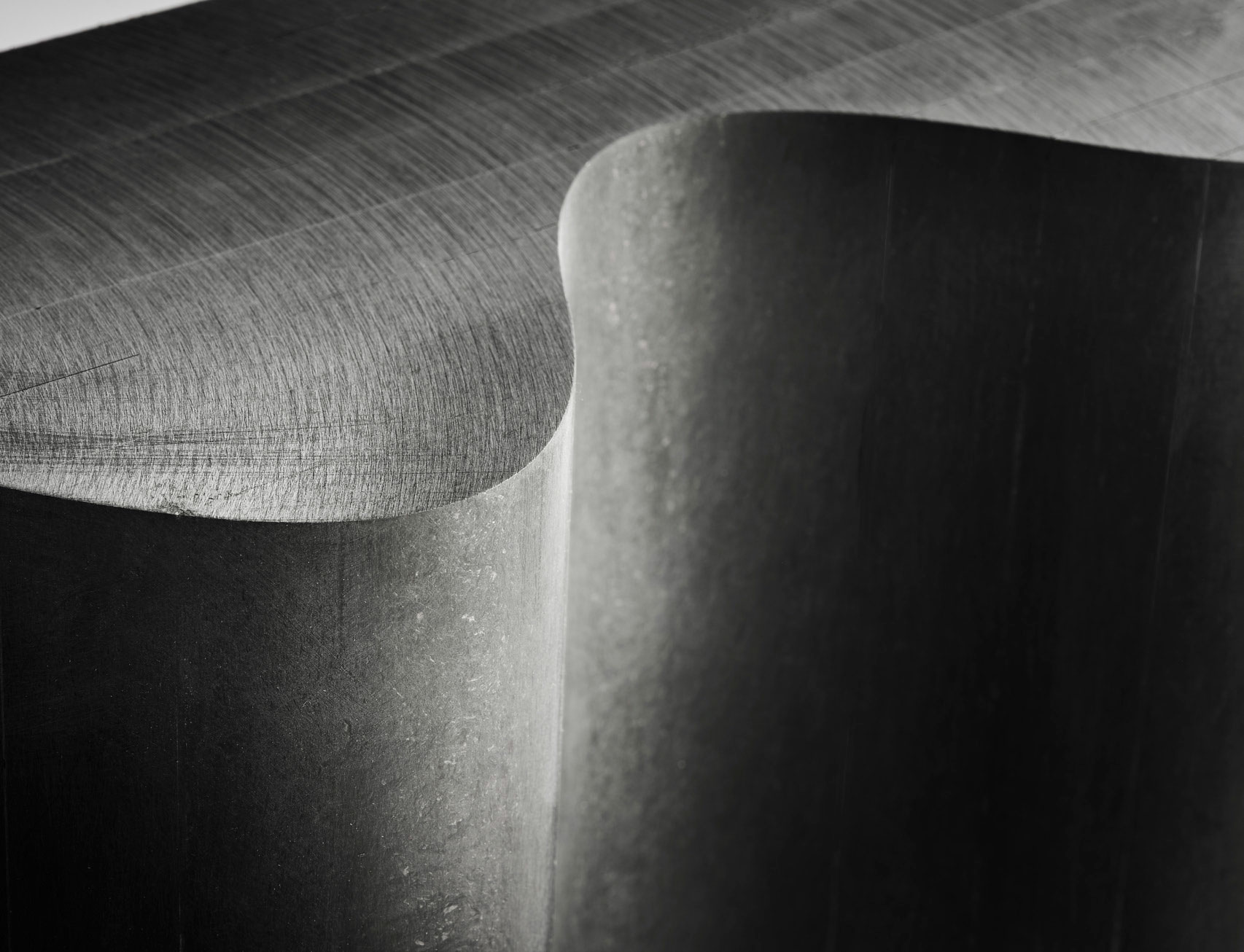Composites Materials Testing
Within the context of composites testing, the standard “building block approach” is a step-by-step series of mechanical tests of increasing complexity, coupled with analyses performed at each step, that serves as a framework for designing composite structures. In the building block approach, the levels or “blocks” each serve specific purposes and are addressed sequentially, starting from the bottom: Level 1, Coupon-level testing Level 2, Element testing Level 3, Subcomponent testing Level 4, Component testing

Latest Materials Testing Articles
VIEW ALLNoncontact optical strain gage delivers complete 3D surface measurement insight
CAMX 2025: The Aramis system by Trilion, based on DIC and photogrammetry technology, performs high-precision measurements in the sub-micrometer range, across a wide range of testing environments and material types.
Read MoreInstron launches AVE3 noncontact video extensometer
Leveraging CDAT airflow technology and dynamic lighting, the AVE3 delivers a virtually noise-free strain signal, guarding against typical air disturbances when measuring materials in the lab.
WatchCactuX in-situ BOX simulates real-life conditions of composite samples during CT analysis
The autonomous in-situ BOX combines the environment temperature control function and power supply function, enabling new possibilities for material and internal structure research.
Read MoreFACC optimizes inspection processes through augmented reality
Cooperation with students from the University of Applied Sciences Upper Austria leads to successful use of AR, increasing the efficiency of components testing.
Read MoreAIMM Center for advanced composites NDT opens in Ogden, Utah
Attendees from SpaceX, Northrop Grumman, Hill AFB, 47G and others joined CICNDT and Omni NDE to demonstrate the latest in robotic CT, RT, shearography, thermography, laser UT and metrology.
Read MoreBold Laser Automation presents certified calibration gauge line
Noncontact calibration thickness gauges are engineered to ensure composites manufacturers can maintain tight control over product thickness and material uniformity.
Read MoreKnowledge Centers

CW’s editors are tracking the latest trends and developments in tooling, from the basics to new developments. This collection, presented by Composites One, features four recent CW stories that detail a range of tooling technologies, processes and materials.
LEARN MORE
Join us for insights into advanced bonding techniques and welding processes for composite materials to ensure durability and structural integrity.
LEARN MORE
Explore the cutting-edge composites industry, as experts delve into the materials, tooling, and manufacturing hurdles of meeting the demands of the promising advanced air mobility (AAM) market. Join us at CW Tech Days to unlock the future of efficient composites fabrication operations.
LEARN MORELatest Materials Testing News And Updates
PAIramid project drives digital approach to streamline composite aerostructures development, deployment
Multidisciplinary global team will leverage Al and data-driven simulations to make the aerostructure design, development and certification process faster, less costly and more reliable.
Read MoreEmbraer conducts composite structural wing testing for PDNT
New technologies demonstration platform (PDNT), validating innovative processes, methodologies and new materials, exceeded more than 200% of expected progressive load limit.
Read MoreR-Tech Materials offers accredited composite rebar testing
The independent U.K. lab has has developed a comprehensive suite of materials testing capabilities tailored to the growing demands of the construction sector.
Read MoreMercedes-AMG Petronas F1 Team to include sustainable carbon fiber for 2025 Formula 1 season
F1 team has taken first steps to qualify and apply sustainable composites into its W16 race car with help and innovation from industry partners and the FIA.
Read MoreRadalytica advances multimodal 3D robotic scanner for composites, future aircraft inspection
Radalytica continues to develop its RadalyX nondestructive testing (NDT) system, merging diverse imaging methodologies for inspection in laboratories to aircraft hangars.
WatchORNL demonstrates lightning strike protection tech for composites
Researchers, led by Vipin Kumar, developed a low-cost, recyclable carbon fiber wind turbine blade tip that showed resilience to high-voltage lightning strikes, with more innovations in store.
Read MoreFeatured Posts
Schrödinger advances materials informatics for faster development of next-gen composites
Cutting time to market by multiple orders of magnitude, machine learning and physics-based approaches are combined to open new possibilities for innovations in biomaterials, fire-resistant composites, space applications, hydrogen tanks and more.
Read MoreDetermining steel/composite failure load of bonded repair assemblies
Bureau Veritas and partners use a novel equivalent interface test specimen and simulation to predict failure load in bonded composite patch repairs to steel structures.
Read MoreThe evolution, transformation of DEA from lab measurements to industrial optimization
Over the years, dielectric analysis (DEA) has evolved from a lab measurement technique to a technology that improves efficiency and quality in composites production on the shop floor.
Read MoreProving thermoplastic composites match carbon fiber/epoxy performance in road bikes
CDCQ, LxSim, Addcomp and Argon 18 collaborate to optimize a carbon fiber/PA6 bike seat post, democratizing AFP and demonstrating materials and process for future designs and production.
Read MoreLaser-excited acoustics provide contact-free, nondestructive composites inspection
Xarion’s couplant-free NDT technology uses laser physics and a membrane-free optical microphone, eliminating the requirement for fluid coupling, widening the scope for NDT technology.
Read MorePhotothermal tomography for locating, quantifying defects in composites
Years of infrared testing development result in thermography technology that is no longer just qualitative, but can define defect size and depth, making additional UT scans obsolete.
Read More
































